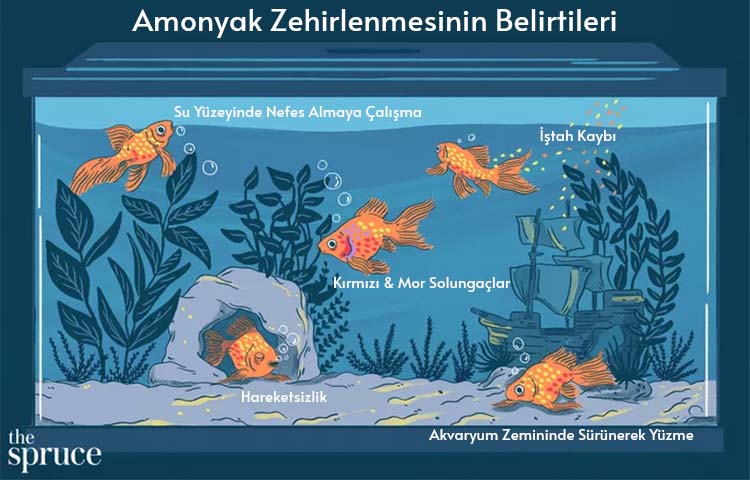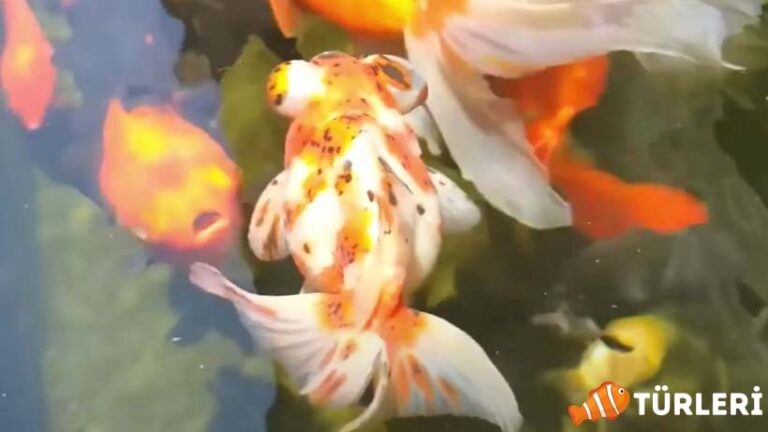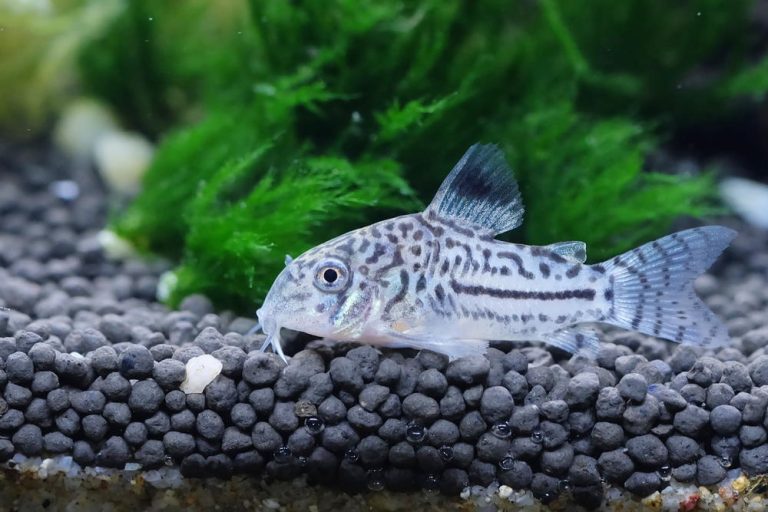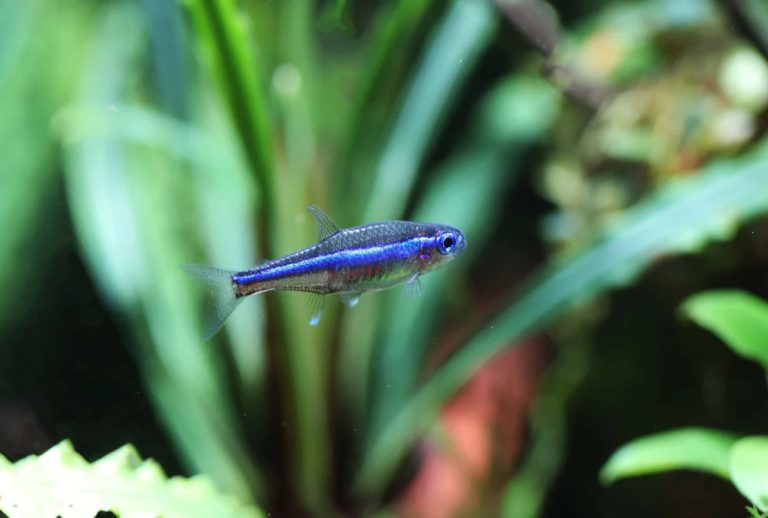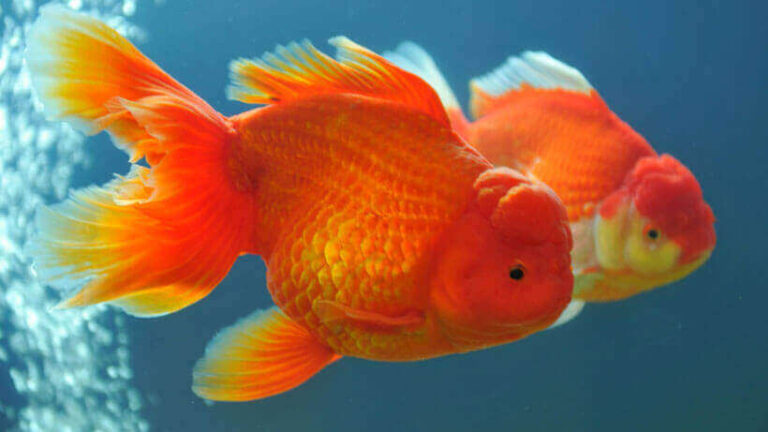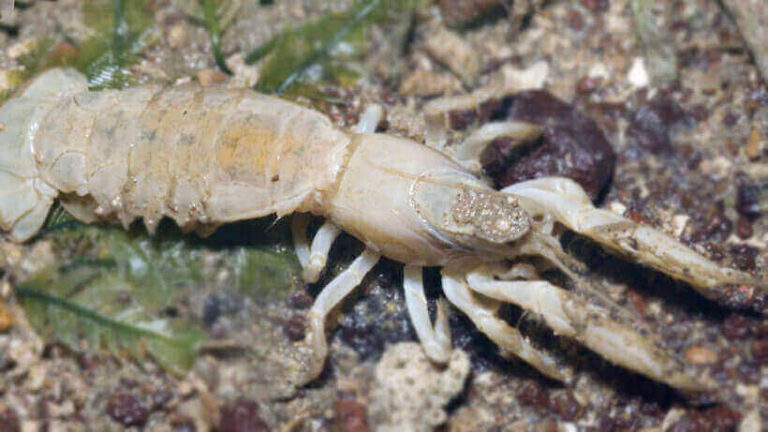Ammonia Poisoning in Aquariums: Causes, Symptoms, and Treatment
Amonia poisoning is a disease in aquarium fish that can result in rapid death. Ammonia is an extremely toxic and dangerous waste for fish. It is most commonly seen in newly set up aquariums where the water values have not yet stabilized. With simple precautions, you can protect or treat your fish.
What is Ammonia Poisoning?
Ammonia poisoning, although commonly seen in new aquariums, can also occur in well-established aquariums due to reasons such as inadequacy or malfunction of the filter. In overcrowded aquariums, the accumulation of fish waste causes the ammonia level to rise, starting to poison the fish.
Increased ammonia obstructs the fish’s breathing, and you may observe your fish struggling for air at the water’s surface. You can continuously monitor the ammonia level by acquiring a simple ammonia test. Additionally, the use of tap water can also contribute to the rise in ammonia levels. Many beginners in the hobby might face ammonia poisoning due to lack of knowledge.
What are the Symptoms of Ammonia Poisoning?
The increase in ammonia levels can occur within a few hours or days, depending on the mistake made. Without understanding what is happening, you might lose all your fish in the aquarium. If the rising ammonia level is not addressed promptly, the fish’s brain will be affected first, followed by internal organs, and finally the nervous system. This situation can eventually lead to the sudden death of your fish.
Symptoms of Ammonia Poisoning:
- Yellowing of the aquarium water
- Fish struggling to breathe
- Fish rapidly opening and closing its mouth at the water’s surface
- Fish refusing to eat
- Bluish discoloration in the gills
- Blood spots appearing on various parts of the body
- Fish lying motionless at the bottom of the aquarium
Causes of Ammonia Poisoning:
The increase in ammonia levels in the aquarium is due to several reasons:
- Tap Water: Chloramine found in tap water can rapidly increase ammonia levels. If possible, it’s advisable to fill your aquarium with purified or distilled water. Using only distilled water isn’t considered optimal either, as it reduces beneficial elements. A mix of 3 parts tap water to 1 part distilled or 3 parts distilled to 2 parts tap water is recommended. For subsequent water changes, you can use tap water that has been left out for a day to aerate.
- Organic Waste: Organic waste accumulating in the aquarium can swiftly increase ammonia levels, leading to poisoning. Dead plants, fish, leftover food, and feces directly affect ammonia levels. Dead leaves, dead plants, or fish should be removed from the aquarium. Overfeeding will also increase ammonia levels.
- Bacteria: When cleaning your aquarium, it’s crucial to consider the above-mentioned organic materials. Use a gravel siphon to vacuum the substrate and remove feces and leftover food. If you neglect this, bacteria feeding on the waste will proliferate, leading to not just increased ammonia but other diseases as well.
- Overpopulation: Overstocking an aquarium with too many fish will quickly pollute the water, leading to spikes in substances like ammonia and nitrite. Every fish added means an increase in ammonia production.
Ammonia Poisoning Treatment:
When setting up a new aquarium, you must always be on alert for the risk of ammonia poisoning. The recommended practice is to introduce fish to the aquarium 10-15 days after setup. This allows the water to settle and harmful elements to minimize, providing a head start against ammonia poisoning.
Clear symptoms of ammonia poisoning include ammonia burns on the fish’s body and severe difficulty in breathing.
Treatment:
Getting an ammonia test for your aquarium will be extremely beneficial in diagnosing and starting treatment.
Follow these steps for treatment:
- First, perform a 50% water change. This will help the fish breathe easier and buy you some time. Ensure the new water’s temperature matches the aquarium to prevent additional stress on the fish.
- Clean the waste on the aquarium floor and inside the substrate. If your fish are in bad shape, skip feeding them for 2-3 days.
- Do not introduce new fish to the aquarium at this stage. This will exacerbate the ammonia poisoning situation.
- Continue with 30% water changes daily until ammonia levels return to normal.
- For severely affected fish, move them to a quarantine tank and start treatment with suitable antibiotics.
- If you’re unable to reduce ammonia levels, consider purchasing an ammonia remover to assist in the process.
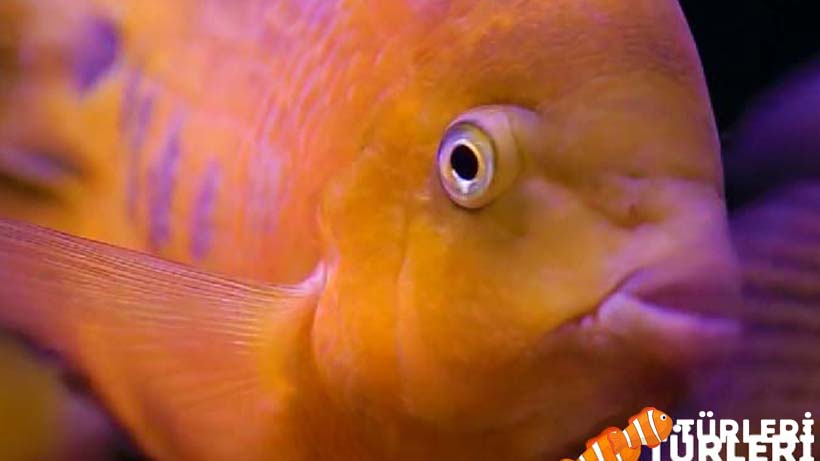
How to Prevent Ammonia Poisoning?
Preventing ammonia poisoning involves some simple steps.
Cultivating beneficial bacteria can prevent this situation. However, in new aquariums, it takes time for these bacteria to establish. By taking about a liter of water from an established, problem-free aquarium or substrate from its bottom, you can quickly introduce beneficial bacteria.
These bacteria play a crucial role in cleaning up the toxic substances that accumulate in your aquarium. In about 3-4 weeks, the number of these bacteria will multiply, effectively preventing ammonia poisoning. If you don’t undertake this process, it can take up to 3 months for your aquarium to naturally establish beneficial bacteria.


